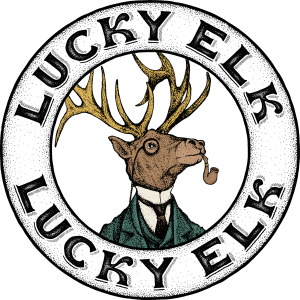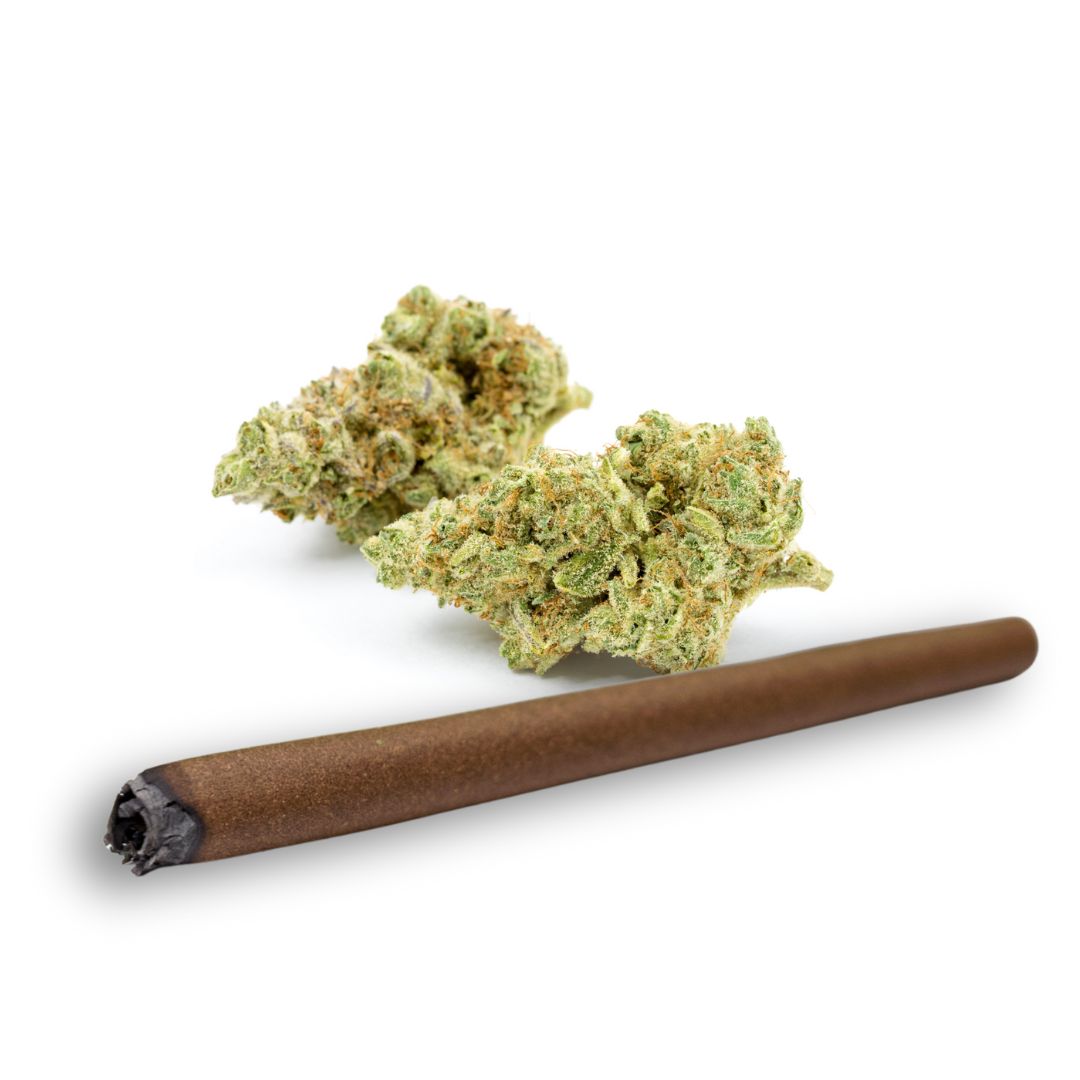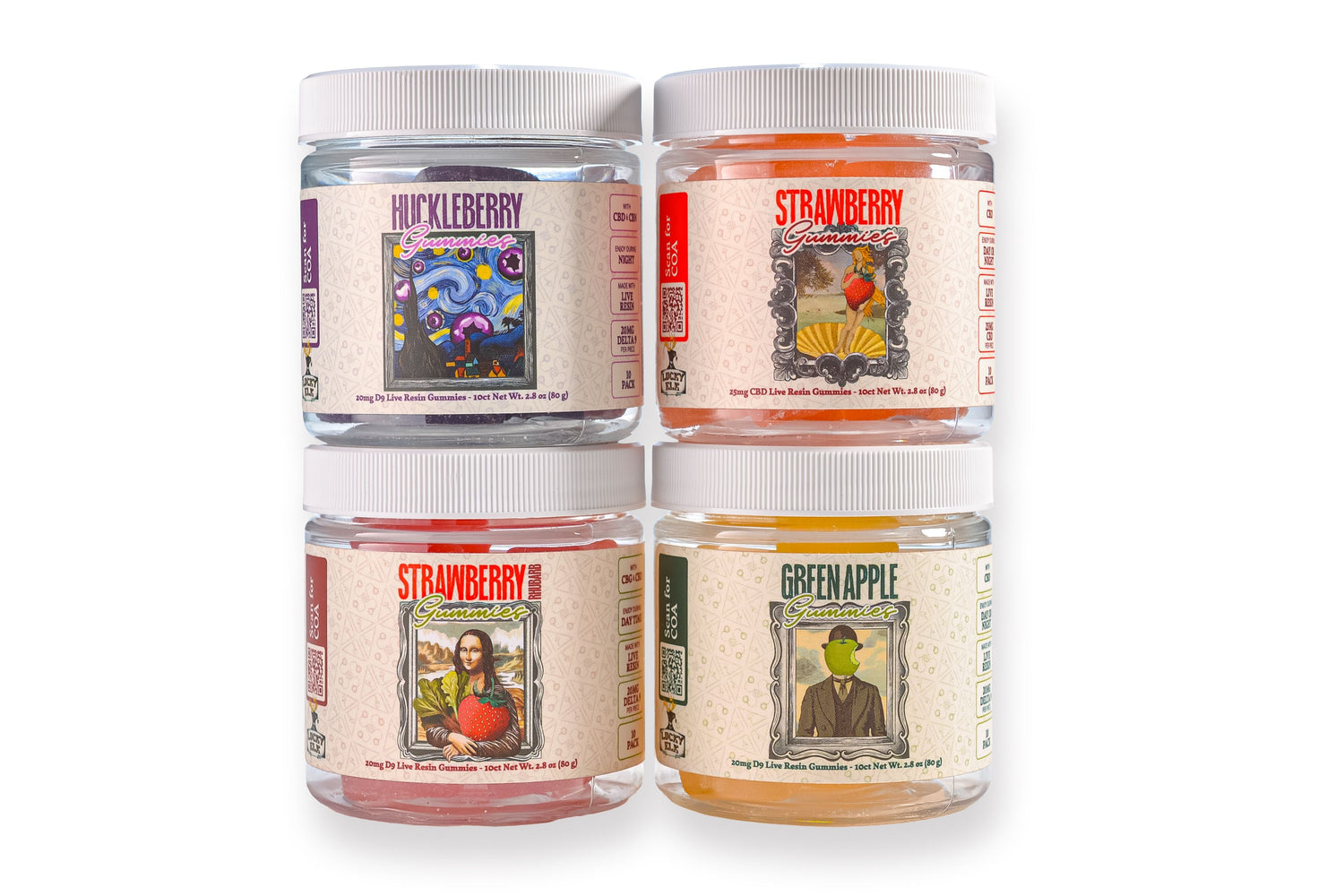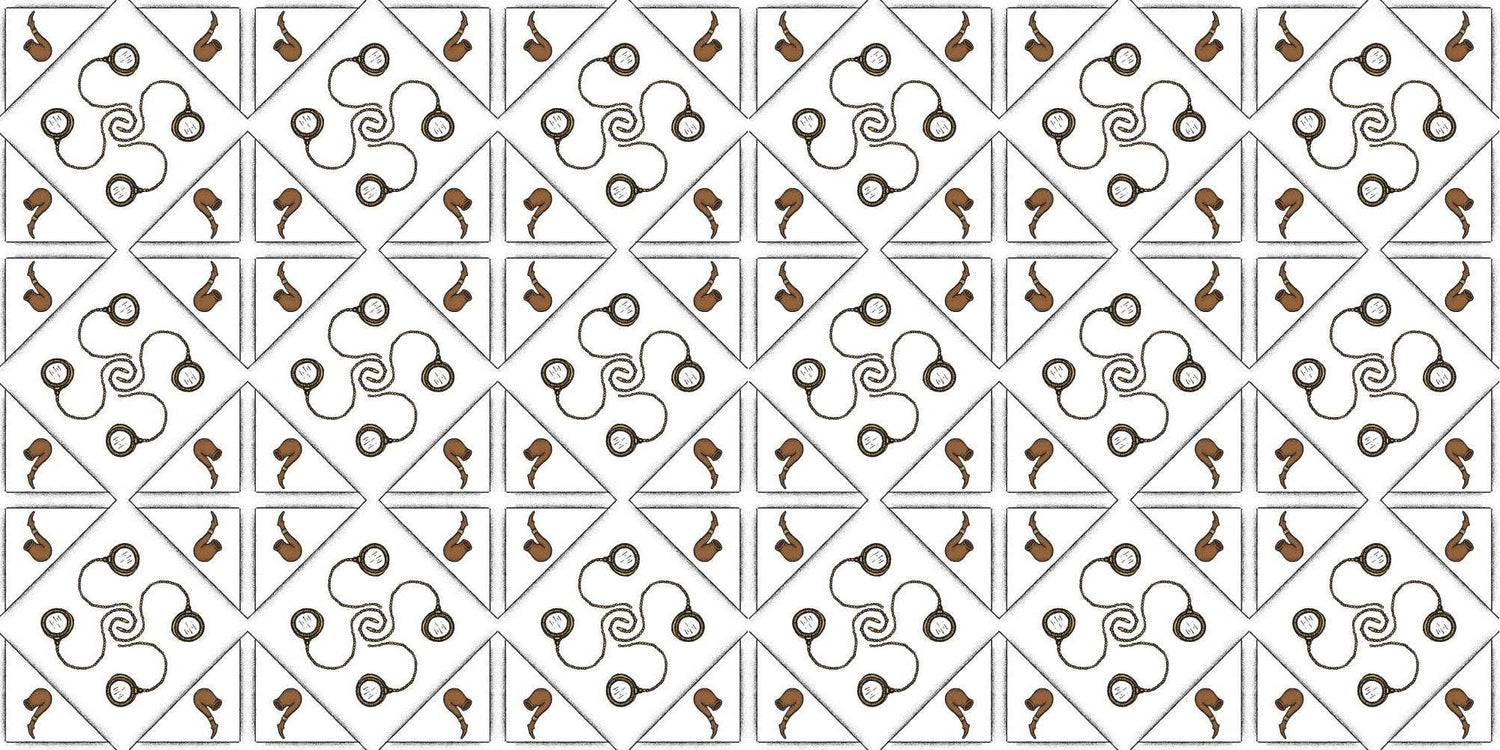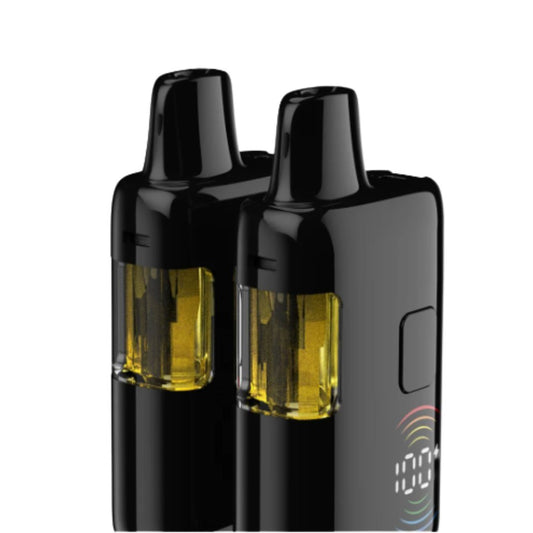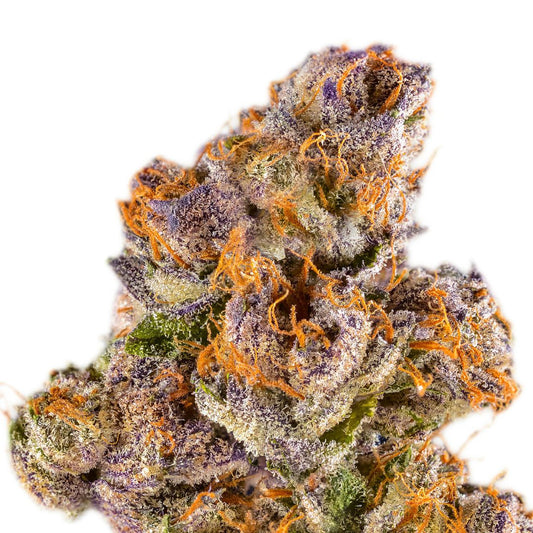The aromatic heart of THCa flower—and the key to understanding what you love most about it.
The Language of Scent

If you’ve ever cracked open a jar of THCa flower and paused—eyes closed, drawn in by that rush of citrus, pine, or sweet dessert funk—you’ve already met terpenes. They’re the invisible storytellers behind every scent and flavor in cannabis. Long before cannabinoids were discovered, terpenes were guiding us by the nose, helping us sense what felt grounding, bright, or inspiring.
In nature, terpenes are a universal language. Plants use them to attract pollinators, ward off pests, and communicate resilience. For humans, they’re one of the purest ways we connect with the natural world—each inhale carrying signals of memory, mood, and instinct.
At Lucky Elk, we see terpenes as the bridge between cultivation and consciousness: proof that cannabis isn’t just chemistry—it’s communication.
SHOP --> Organically Grown THCa Flower
The Science Behind the Scent
Terpenes are aromatic compounds found throughout the plant kingdom—lavender, lemons, pine trees, and, of course, cannabis. They’re built from the same molecules that form essential oils and resins, giving each plant its distinctive scent and personality.
In THCa flower and THCa concentrates, terpenes do more than add aroma. When combined with cannabinoids like THCa, CBD, and THC, they contribute to the entourage effect—a synergy where each compound enhances the overall experience.
That’s why two cultivars with similar potency can feel completely different. One might lean warm and tranquil thanks to myrcene, while another feels crisp and alert from limonene or pinene. Terpenes help translate potency into personality.
Meet the Terpenes: A Few Familiar Faces
Myrcene – Earthy, musky, and herbal. Found in hops and mangoes, myrcene gives many Indica-leaning THCa strains their grounding, relaxing aroma.
Limonene – Bright and citrus-forward, this terpene is abundant in lemons and oranges. It often appears in THCa flower that feels uplifting and refreshing.
Caryophyllene – Spicy and peppery, this rare terpene interacts directly with the body’s CB2 receptors. You’ll catch its note in black pepper, cloves, and strains like Punch Breath.
Linalool – Floral and soothing, linalool is also found in lavender. It lends a calming scent to certain Indica-dominant cultivars.
Pinene – Crisp and evergreen, pinene evokes pine forests and clean air. It’s one of the terpenes most associated with clarity and focus.
Humulene – Woody, herbal, and slightly spicy. Common in hops and coriander, humulene adds depth to earthy THCa concentrates and classic gas-heavy cultivars like Flapjacks.
Together, these compounds form a living fingerprint of aroma, flavor, and experience—each one shaped by how the plant was grown, harvested, and cured.

How Growing Methods Shape Terpenes
If cannabinoids are the body of cannabis, terpenes are its breath—constantly influenced by how and where the plant lives. Everything from soil composition to sunlight and humidity affects terpene production and stability.
- Sungrown THCa flower often develops the widest terpene range, thanks to full-spectrum sunlight and living soil biodiversity.
- Greenhouse-grown THCa, like our Lemon OG, strikes a natural balance between sun and environmental control.
- Indoor THCa flower, such as our Living Legends line, delivers precision and consistency, capturing every aromatic nuance.
- Coco coir cultivation, explored in Crafted in Coir, allows for controlled nutrient uptake that can emphasize certain terpene families.
After harvest, proper care makes all the difference. Slow drying, gentle curing, and cold curing for THCa concentrates preserve the delicate oils that define each strain’s identity. That’s why our Live Hash Rosin is pressed from fresh-frozen flower—no solvents, no shortcuts, just terpenes in their truest form.
Why Terpenes Matter
For years, cannabis marketing revolved around percentages—potency, THC, and lab numbers. But any seasoned smoker knows: the soul of great THCa flower isn’t its test result—it’s the smell that stops you mid-grind.
Terpenes bring that spark of individuality. They define how flavor and feel align, turning chemistry into character.
If you crave dessert-like sweetness, you’re likely drawn to linalool and caryophyllene (think Purple Churro). Prefer tangy fruit or zest? That’s limonene and pinene (Blue Nerdz). Love the earthy, pancake batter depth of Flapjacks? You’re responding to humulene and myrcene.
The more you pay attention to terpene profiles, the easier it becomes to find THCa strains that match your personal rhythm—whether through flower or solventless concentrate.
Listening to the Plant
Learning the language of terpenes is really about listening—to your senses, your body, and the plant itself. Whether you’re rolling a joint, dabbing a THCa concentrate, or simply exploring new cultivars, your nose is your best compass.
At Lucky Elk, every batch begins with that same practice: observing, smelling, and preserving what the plant naturally offers. Because terpenes aren’t just chemical compounds—they’re a conversation between plant and grower, nature and intention.
When you begin to understand that language, cannabis stops being a product and becomes what it’s always been—a relationship.
